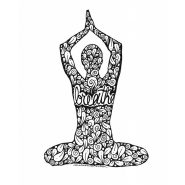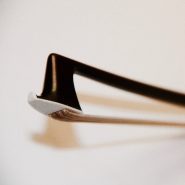Tag: relaxation
By Gregory Beaver May 27, 2013
Subjects Playing Healthy, Practicing
Tags advanced breath control, aerobic exercise, Awareness, balance, Beaver, body, breath control, breathing, breathing with scales, CD player, cellists, cello, cellobello, chest, control, controlled frenzy, Coordination, diaphragm, emit sound, Gregory, heart rate, Improve your talent, improvement, light-headed, muscles, musicians, oxygen, practicing, relaxation, simple formula, skill, smoothness, stomach, strengthen the diaphragm, T’ai Chi, talent, Technique, trouble passages, unbalancing the body, weakness, yoga
By Brant Taylor November 28, 2012
Subjects Practicing, Technique
Tags bow speed, bow technique, Brant, bridge, cello, cellobello, contact point, control, pressure, relaxation, struggle, Taylor, tone, variables, variation, Vibrations, weight
By Selma Gokcen October 22, 2011
Subjects Playing Healthy
By Guest Blogger April 6, 2011
Subjects Artistic Vision
Tags cello, cellobello, Concerto, Distraction, effortless, focus, goals, Haydn, lessons, music, relaxation, student, Teaching, Technique





